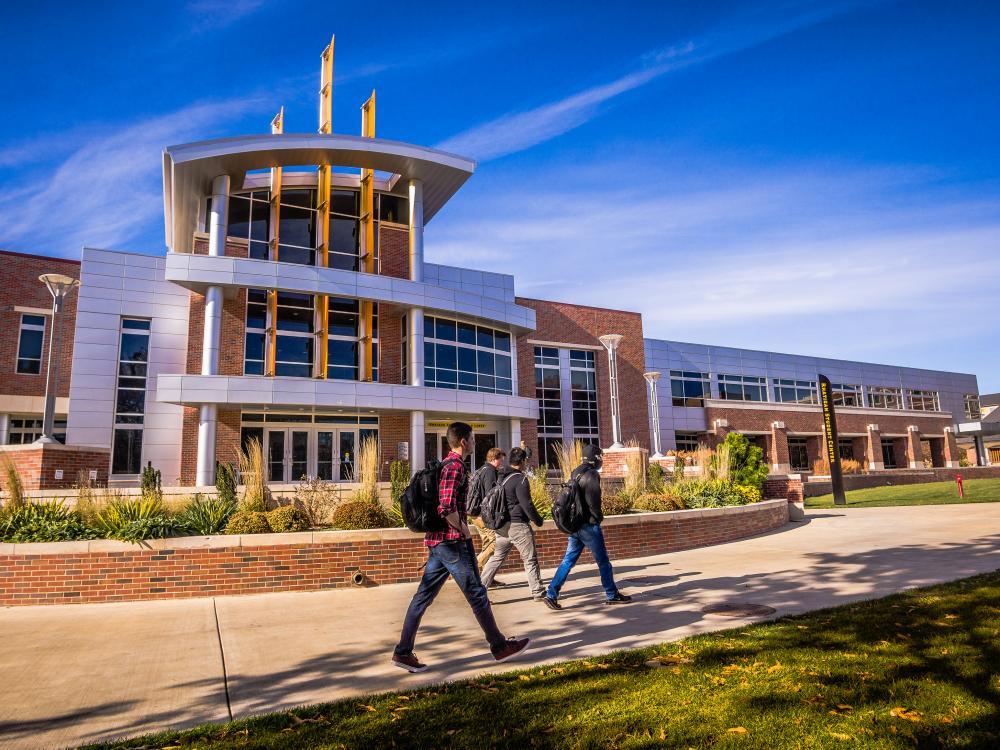Research Directions
Research question: Can we autonomously detect a hazard from image data collected by sensors?
Summary: We have developed multi-spectral deep learning models that combine information from three spectrums (RGB, YCbCr and HSV) for accurate fire detection.
Publication: S. Haridasan, A. Rattani, Z. Demissie, A. Dutta, тАЬMultispectral Deep Learning Models for Wildfire Detection,тАЭ International Workshop on Data-driven Resilience Research, 2022, Leipzig, Germany.
Research question: Can we identify a hazardous situation by analyzing online data available from social media posts?
Summary: We have developed a robust classification system that combines text and image modality to predict whether the tweet (1) is informative and (2) is suitable for humanitarian aid workers to use for disaster response.
Publication: S. Kotha, S. Haridasan, A. Rattani, A. Bowen, G. Rimmington, A. Dutta, тАЬMultimodal Combination of Text and Image Tweets for Disaster Response Assessment,тАЭ International Workshop on Data-driven Resilience Research 2022, July 6, 2022, Leipzig, Germany.
Research question: Can we autonomously assess from image data the extent of damage due to a disaster over a region?
Summary: Ongoing efforts to use multi-spectral deep learning models to compare pre- and post-disaster images captured by satellites and predict severity of structural damage.
Research question: What are the levels of flood susceptibility within the different communities of Great Plains region?
Presentation: P. Rimal, Z. Demissie, G. Rimmington, тАЬGreen Stormwater Management Infrastructure (GSMI) suitability mapping for sustainable flood management in the state of Missouri,тАЭ Geological Society of America (GSA) Connects 2022, Oct (Accepted).
Research objective: We are working towards creating a mathematical framework which we can use to quantify (1) the risks faced by a community for a specific disaster and (2) the resilience of a community to a specific disaster?
Case Studies: We have conducted the following case studies:
1. │╔╚╦═╖╠є area earthquake
2. Andover tornado
3. Caldor fire
Research question: How to best deploy sensors to provide adequate coverage for weather forecasting systems?
Publications: P. Chadalavada, A. Dutta, "Regional CubeSat Constellation Design to Monitor Hurricanes," IEEE Transactions on Geoscience and Remote Sensing, Vol. 60, pp. 1-8, 2021.
P. Chadalavada, A. Dutta, тАЬCubeSat Formations for Monitoring Hurricanes,тАЭ IEEE Aerospace Conference, Big Sky MT, 2022.
Research Question: What is the best approach to grow as a transdisciplinary research team?
Publication: Alagic, M., Sclafani, M., Filbert, N., Rimmington, G., Demissie, Z., Dutta, A., Bowen, A., Lindsay, E., Kuhlmann, M., Rattani, A., & Rai, A. (2023). Adaptive Scaffolding Toward Transdisciplinary Collaboration: Reflective Polyvocal Self-study. (pp. 27-40). Chapter in Guralnick, D., Auer, M. E., & Poce, A. (Eds.). Proceedings of the Innovative Approaches to Technology-Enhanced Learning for the Workplace and Higher Education. Volume 581 of the Lecture Notes in Networks and Systems series. Springer International Publishing.
Presentation: Mara Alagic (May 18, 2023; invited/in person). Toward STEAM Transdisciplinarity: Relational Scaffolds in Developing Multiple Disciplinary Perspectives. Design and Visualisation in STEAM Education Workshops and Conference. Johannes Kepler University, Linz, Austria.
Presentation: Alagic, M., Sclafani, M., Filbert, N., Rimmington, G., Demissie, Z., Dutta, A., Bowen, A., Lindsay, E., Kuhlmann, M., Rattani, A., & Rai, A. (June 15, 2022). Convergence Science: Adaptive Scaffolding toward Transdisciplinary Collaboration. The Learning Ideas Conference. Columbia University, New York City.
Presentation: N. Filbert, M. Sclafani, M. Kuhlmann, E. Lindsay, A. Bowen. Converging Academic Librarianship with a Large-Scale Transdisciplinary Research Center. American Library Association Annual Conference, 2021, Chicago, IL.
Additional Information:
Disaster Dashboard
The disaster count dashboard is part of the DRAC projectтАЩs ongoing experimentation with how to visualize disaster data. It was created using tableau public, a free data visualization software. The interactive dashboard includes historical data for recorded disasters in the United States between 1950 and 2011, separated by county. All data comes from the National Oceanic and Atmospheric Administration (NOAA).
To navigate the dashboard, use the slider bar on the top right side of the page to choose the starting date and the ending date and then select one disaster event from the list along the right side of the page. The counties where that disaster has occurred at least once during the selected time period will be displayed with a particular color. Hovering over an affected county will display more specific information about the disaster(s). You can select a single disaster or тАЬallтАЭ to see all disasters.
Disaster Risk Reduction
Disaster risk reduction (DRR) is central to the study of disasters. The term refers to "the concept and practice of reducing disaster risks through systematic efforts to analyse and reduce the causal factors of disasters. Reducing exposure to hazards, lessening vulnerability of people and property, wise management of land and the environment, and improving preparedness for adverse events are all examples of disaster risk reduction."


